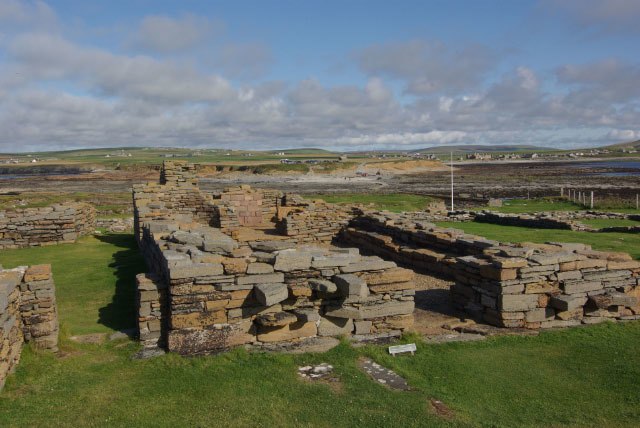Earl or Mormaer of Strathearn is a title of Scottish nobility, referring to the region of Strathearn in southern Perthshire. Of unknown origin, the mormaers are attested for the first time in a document perhaps dating to 1115. The first known mormaer, Malise I, is mentioned by Ailred of Rievaulx as leading native Scots in the company of King David at the Battle of the Standard, 1138. The last ruler of the Strathearn line was Malise, also Earl of Caithness and Orkney, who had his earldom forfeited by King Edward Balliol. In 1344 it was regranted by King David to Maurice de Moravia, a royal favourite who had a vague claim to the earldom as Malise's nephew and also stepfather.
Prince William, Duke of Rothesay (pictured in 2010)
Earl of Orkney, historically Jarl of Orkney, is a title of nobility encompassing the archipelagoes of Orkney and Shetland, which comprise the Northern Isles of Scotland. Originally founded by Norse invaders, the status of the rulers of the Northern Isles as Norwegian vassals was formalised in 1195. Although the Old Norse term jarl is etymologically related to "earl", and the jarls were succeeded by earls in the late 15th century, a Norwegian jarl is not the same thing. In the Norse context the distinction between jarls and kings did not become significant until the late 11th century and the early jarls would therefore have had considerable independence of action until that time. The position of Jarl of Orkney was eventually the most senior rank in medieval Norway except for the king himself.
Ruins on the Brough of Birsay, once the seat of the early Norse jarls of Orkney. The Brough is now a tidal islet but in earlier times it was connected to Mainland Orkney by an isthmus.


